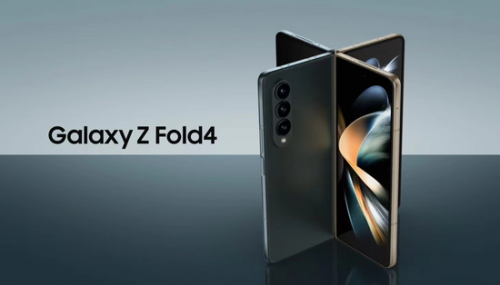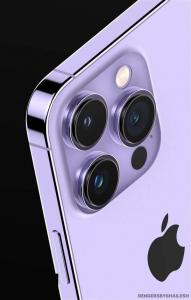your current location is:Home > TechnologyHomeTechnology
For the first woman to land on the moon, the most powerful rocket in history is about to fly
 During the Artemis 1 flight, the Orion capsule will fly over the moon and return to Earth 42 days later. Image credit: NASA
During the Artemis 1 flight, the Orion capsule will fly over the moon and return to Earth 42 days later. Image credit: NASA If all goes according to plan, NASA's most powerful launch vehicle ever, the Space Launch System (SLS), will make its maiden test flight on August 29.
SLS will send a small capsule capable of carrying astronauts into space. The capsule, called Orion, will orbit the moon -- farther than any spacecraft built for humans -- and return to Earth in 42 days.
The test flight is critical because NASA plans to use the capsule to send astronauts to the moon in the next few years. If successful, it would be the first time humans have surpassed low-Earth orbit since the Apollo 17 astronauts returned from the moon in 1972.
"We have entered a new era of aerospace science research." The yeast gene experiment by University of Colorado Boulder aerospace engineer Luis Zea, among other experiments, will accompany the test flight. They were tucked under an astronaut seat on the Orion capsule.
That approach is to get the most out of the more than $4 billion test flight. Some of the experiments will orbit the moon and back; others will be deployed in space.
Other science payloads for the flight include two small moons to map the moon's ice, a solar sail to head to an asteroid, and a humanoid model to measure how radiation affects the body's internal organs. One of them is a small lander from Japan, which will even land on the moon - if successful, Japan will become the fourth country to make a soft landing on the moon.
The flight, known as Artemis 1, was the first step in NASA's Artemis program. "Artemis 2" will carry astronauts around the moon by 2024; "Artemis 3" will carry an astronaut to land near the moon's south pole in 2025 or later Completed missions will include the first woman to land on the moon.
On the day of Artemis 1's launch, powered by two solid rocket boosters and four powerful engines, the SLS will roar into the sky before throwing empty propellant tanks into the ocean, and then with "Orion" capsule separation. The capsule will use a smaller, European-made propulsion system to enter orbit beyond the moon.
In the process, scientific experiments will be launched. Within hours of launch, the spacecraft will deploy 10 small CubeSats into space. But five of them have not been charged since they were installed on the rocket more than a year ago. Some researchers worry that the batteries may not provide enough power for the CubeSats to start working as planned.
Assuming a successful deployment, two of the CubeSats will map ice on the lunar surface differently. NASA is interested in lunar ice because it preserves a frozen record of the history of the solar system and can serve as a resource for future human exploration.
Orbiters have determined that permanently shadowed lunar polar craters contain ice. The goal of Artemis 3 is to land astronauts in Antarctica to study the ice. But currently lunar scientists don't know exactly where the ice is, or how much there is.
A cubesat on Artemis 1 will fly low over the moon's south pole in search of water in the form of hydrogen. It will produce the highest resolution neutron map to date, showing the location of hydrogen. "This will tell us where the water ice is," said Craig Hardgrove, a planetary scientist at Arizona State University and principal investigator on the mission.
Another CubeSat will use an infrared spectrometer to map the ice, looking for signatures of lunar surface water. It will complement the above neutron map by providing another view of the ice distribution.
The third CubeSat is a Japanese lander, and at just 700 grams, it is also the smallest lunar lander in the world.
It will fly straight down toward the lunar surface and release a tiny airbag that cushions the probe a few hundred meters above it. The probe will free-fall and hit the surface, then attempt to communicate with Earth and measure the radiation environment.
There's also a CubeSat headed to an asteroid called "2020 GE" instead of the moon. It will deploy an 86-square-meter solar sail, using the pressure of sunlight to navigate through space. The flight will test new cameras and innovative ways to compress and transmit data for deep space missions.
Two mannequins, Helga and Zohar, will be strapped to the seats of the Orion capsule and aboard Artemis 1. The experiment, led by the German Aerospace Center, aims to better quantify the effects of radiation on the human body.
Previous:Can't sell game chips? Nvidia says it's adjusting prices
Next:Jia Yueting's latest news! Hundreds of FF employees petition to remove executive chairman
related articles
Article Comments (0)
- This article has not received comments yet, hurry up and grab the first frame~












